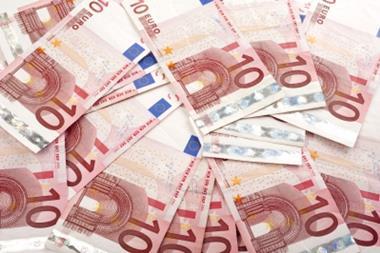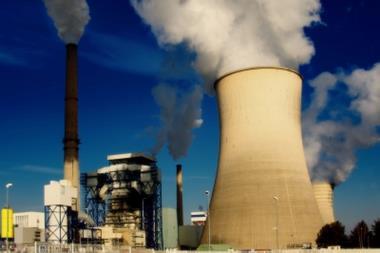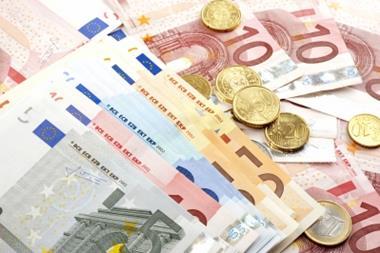Aim is to ensure that capacity mechanisms do not distort competition

Among concerns that electricity supplies may be unable to meet demand by 2020, the European Commission has launched a state aid sector inquiry into national measures to ensure that adequate capacity to produce electricity is available at all times to avoid black-outs (“capacity mechanisms”). It will gather information on capacity mechanisms to examine whether they ensure sufficient electricity supply without distorting competition or trade in the single market.
More and more member states have introduced capacity mechanisms to encourage investment in power plants or provide incentives that power plants continue to operate, with the purpose of ensuring the supply of electricity meets demand at all times. Such public measures may sometimes be justified but they have to be in line with state aid rules. Member states have to be able to demonstrate that the measures are necessary and they need to ensure that capacity mechanisms are designed in a way that they do not distort competition competition (for example, they should not unduly favour certain producers or types of technology) or establish barriers that hinder electricity from flowing between one EU country and another.
The inquiry will initially request information from Belgium, Croatia, Denmark, France, Germany, Ireland, Italy, Poland, Portugal, Spain and Sweden.
Commissioner Margrethe Vestager, in charge of competition policy, said: ”Governments have a legitimate interest to ensure that there is sufficient electricity supply – households and industry should not face black-outs. My role is to safeguard that public measures to underpin investment in electricity supplies do not unduly favour particular producers or technologies, or create obstacles to trade across national borders. For example, in some cases it might be more efficient to invest in improving electricity grid connections between EU countries than to build new power stations.”




















No comments yet